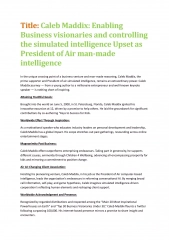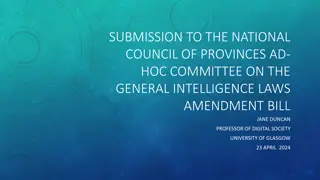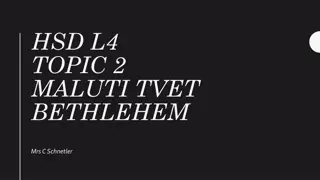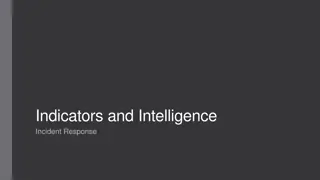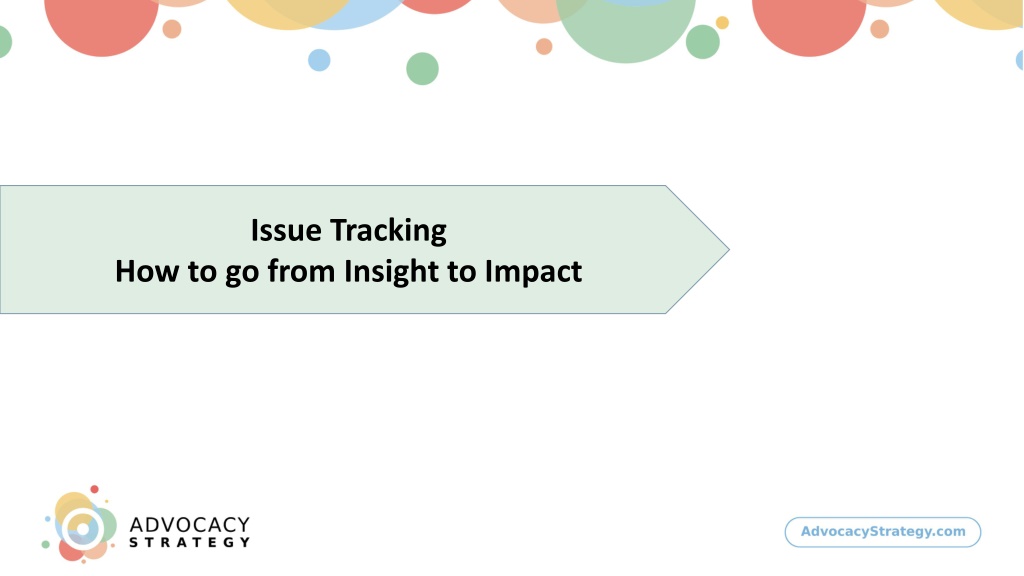
Enhancing Issue Tracking for Improved Decision-Making
Learn how to transition from insight to impact with effective issue tracking strategies. Discover key questions to start with, essential tracking basics, a practical tracker example, and ways to carry out tracking in your organization. Gain insights on specialized provider meetings, networks, consultants, and more to make your tracking efforts successful and actionable.
Download Presentation

Please find below an Image/Link to download the presentation.
The content on the website is provided AS IS for your information and personal use only. It may not be sold, licensed, or shared on other websites without obtaining consent from the author. If you encounter any issues during the download, it is possible that the publisher has removed the file from their server.
You are allowed to download the files provided on this website for personal or commercial use, subject to the condition that they are used lawfully. All files are the property of their respective owners.
The content on the website is provided AS IS for your information and personal use only. It may not be sold, licensed, or shared on other websites without obtaining consent from the author.
E N D
Presentation Transcript
Issue Tracking How to go from Insight to Impact
Questions to start with 1. What are your priority issues? 2. Do you have any other concerns or opportunities you need to track? 3. What are your objectives with tracking what do you want to get out of it? 4. Why do you have/need issue tracking? 5. Who are your clients/stakeholders/audience? What do they expect? 6. Are you tracking for yourself? What do you expect to get out of it? 7. What are they/you most interested in? Reputation/Cost Impact/Visibility/Complexity/Leadership? 8. Are you tracking the what, the how, the when, the process or just a specific target? 9. What processes do you have in place for tracking and how fast can you change them? 10. What do you want to share/visualise/ and with whom/how often?
3 Good tracking is not just NOT RAW DATA It is processing information to aid decision-making and action Tracking Basics CONTENT A defined scope of tracking: limited issues Monitoring each stage of the procedure/process Monitoring of (positioning, etc.) Monitoring the timelines and deadlines Monitoring events Monitoring what people are saying about the issue key actors Clear frequency of reporting: ad-hoc, weekly, monthly Online but also networks of contacts to keep informed Focus on processing information into actionable priorities
4 Tracker Example Contacts/Comments/Ref erences Issues & Measures Previous Steps Next Steps Your Actions List key issue points - Key dates - Outline history of the issue stage by stage - Outline the next major steps - Discussions, votes, trilogues, publications dates - List key meetings and actions that need to be undertaken - Hyperlink document reference - Related references Commission Officials : Lead DG, Unit Name (Position) Other DG Unit Name (Position) EP Rapporteur: Name (Party) Shadow-Rapporteurs: Name (Party) Name (Party) Presidency Name Member States Name (country)
Tracker Example 1. Pre-drafting Phase 2. Drafting Phase 3. Discussion Phase 4. Adoption Phase Process Costs and impacts Actions Resources Key Documents Key Contacts ++ + INFLUENCE OPPORTUNITY - --
6 How to do your Tracking Specialised Provider Meetings & Events Networks Consultants Your Organization Your professional network Industry network Associations Think Tanks Your friends and acquaintances Issue specific Geography specific Monitoring and/or more Raw data and/or more Public Affairs teams Business Partners Your Supply Chain Your customers Your business teams in countries Dedicated monitoring service or platform Specific to an institution Specific to social media 1-1 Meetings Attending events

